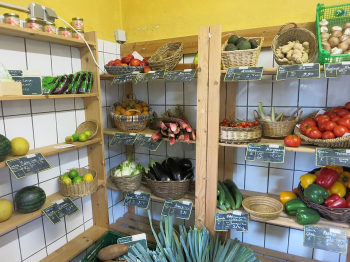
In line with the EU Strategy on the Rights of the Child, the European Commission has unveiled a Recommendation aimed at fortifying integrated child protection systems for
the welfare of children across Member States.
This Recommendation seeks to bolster the efforts of authorities and civil society at all governance levels and sectors in safeguarding children from various forms of violence through a cohesive and systemic approach.
With approximately 80 million children residing in the EU, addressing violence against them remains a pressing concern, both domestically and internationally. Statistics reveal alarming rates, with reports indicating that 13% to 29% of 15-year-old students frequently experience bullying. Moreover, up to 13.7% of adult women disclose instances of childhood sexual violence, a figure that may be even higher.
The impact of governmental actions, or lack thereof, on children surpasses that on any other demographic in society. Consequently, ensuring the protection of children is not only a moral and legal obligation but also a strategic investment in the long-term well-being of our communities.
Key facets of the Recommendation include:
- Put children at the centre of integrated child protection systems adapting protection systems to children's needs and including children when taking decisions that impact them.
- Support Member States in adapting their systems to protect any child from any form of violence using EU tools such as legislation, policy, or funding. This starts by preventing and fighting discrimination, providing targeted support, and fostering a societal culture of zero violence against children.
- Establish a general framework of integrated child protection systems. Member States are invited to draw up national plans to end violence against children, effectively implement EU and national legislation on child protection, set up coordination structures, strengthen human and financial resources and improve data collection.
-Improve coordination and cooperation across sectors and competent authorities through the training of professionals, starting at the local level.
-Establish comprehensive and coordinated support actions in cases of violence against children, from prevention and early identification to reporting and cross-sectorial support.
-Respond to children's safety needs online and offline by improving children's digital literacy, promoting the safe use of digital technologies and training families and carers.
-Protect children's integrity and mental health, prevent and fight (cyber)bullying by encouraging Member States to develop national mental health strategies, with children as the priority target group.
-Make better use of existing EU tools to strengthen child protection systems: laws, policies, funding support, as listed in the Annex accompanying the communication. Go beyond the EU, prompt Member States to adopt an integrated approach to protect children in their external action, such as eradicating child labour, protecting children in armed conflicts and protecting children from climate change and environmental hazards.
Additionally, urging Member States to adopt an integrated approach to protect children in their external endeavors, such as combating child labor, safeguarding children in conflict zones, and shielding children from the adverse impacts of climate change and environmental risks.
By adhering to these recommendations, the EU aims to create a safer environment for children, ensuring their protection from all forms of violence and nurturing their well-being in a holistic manner.

















